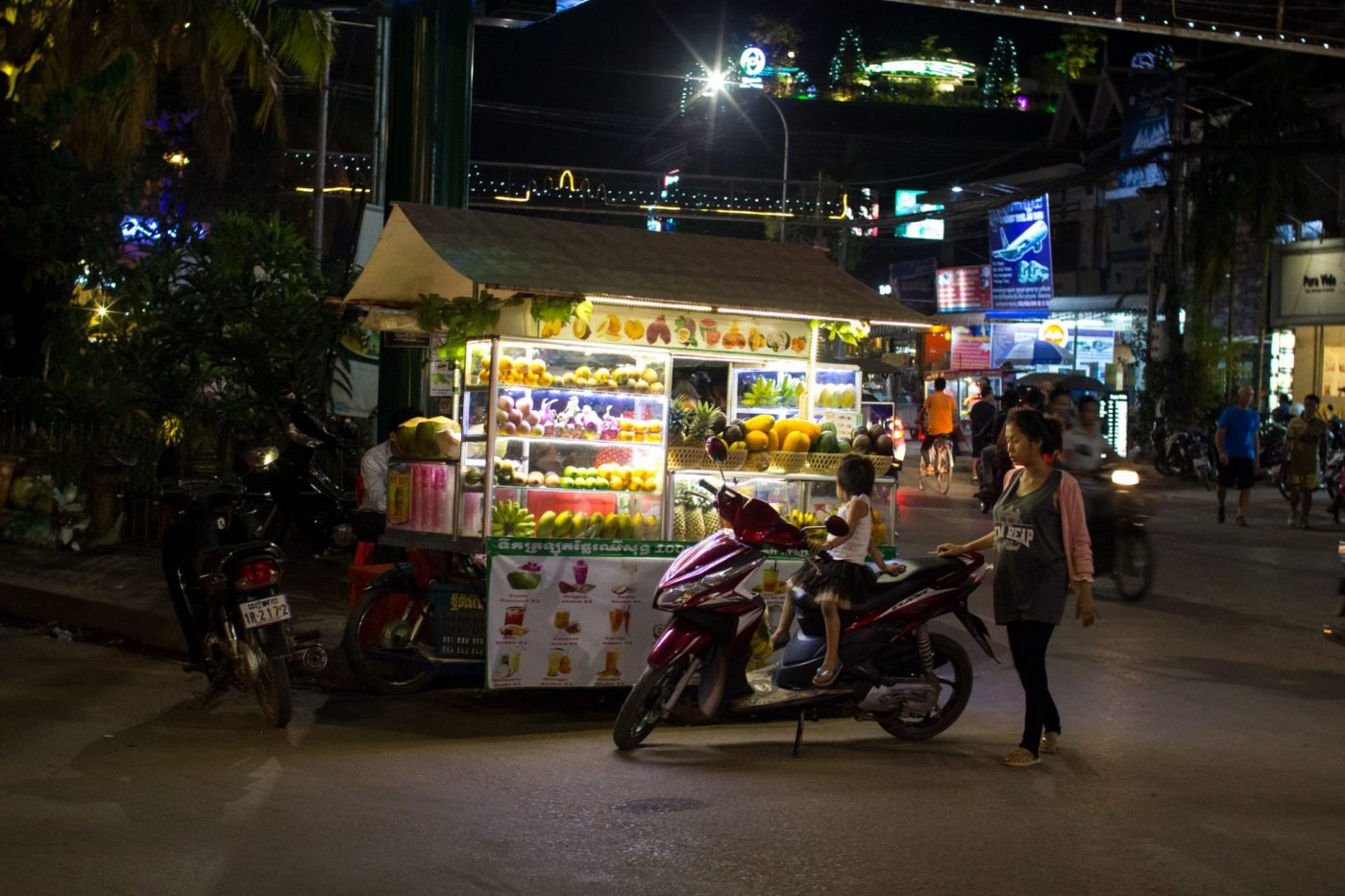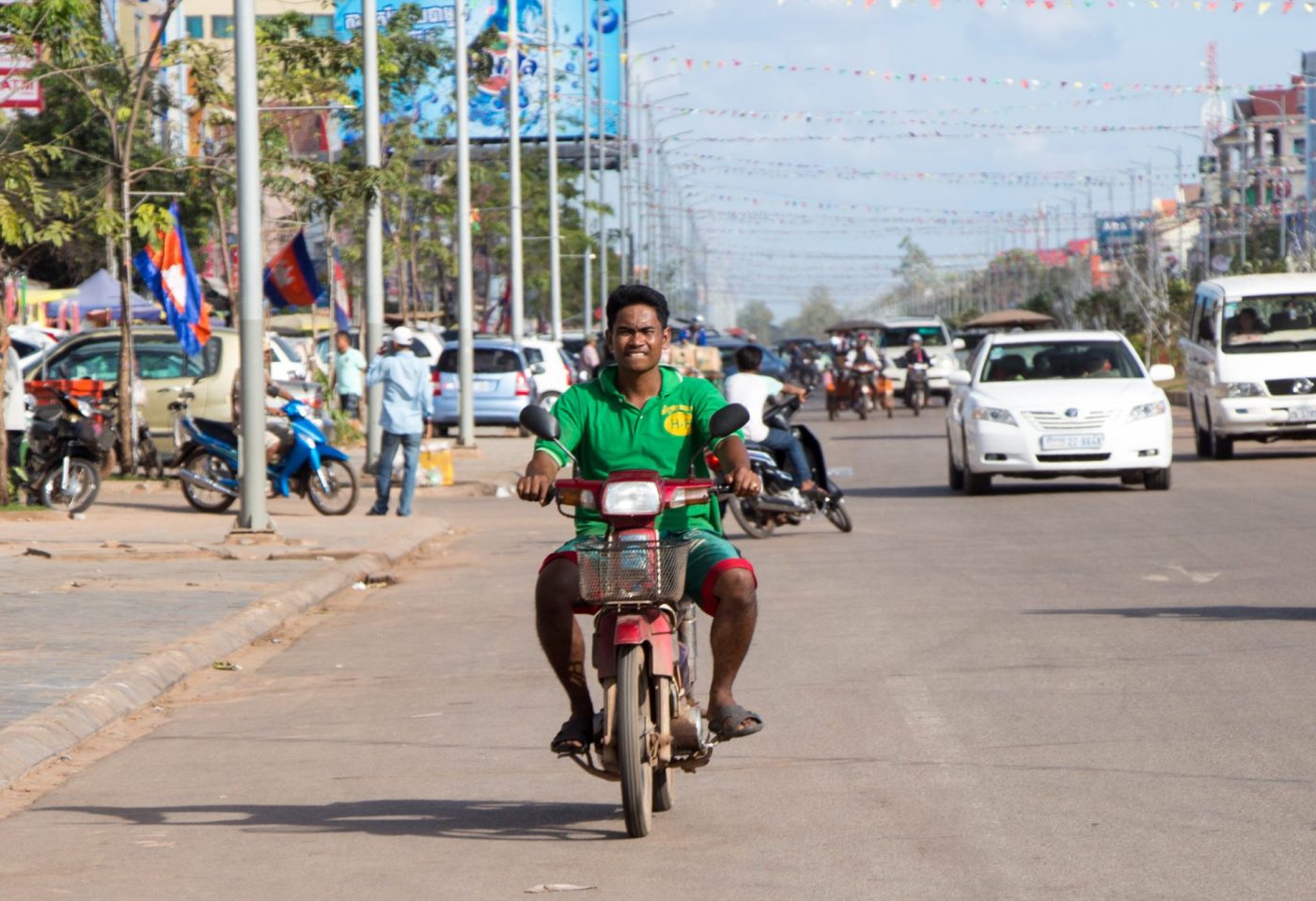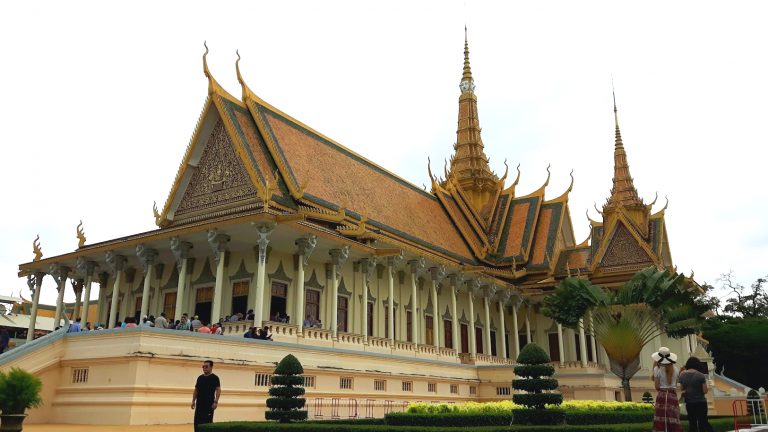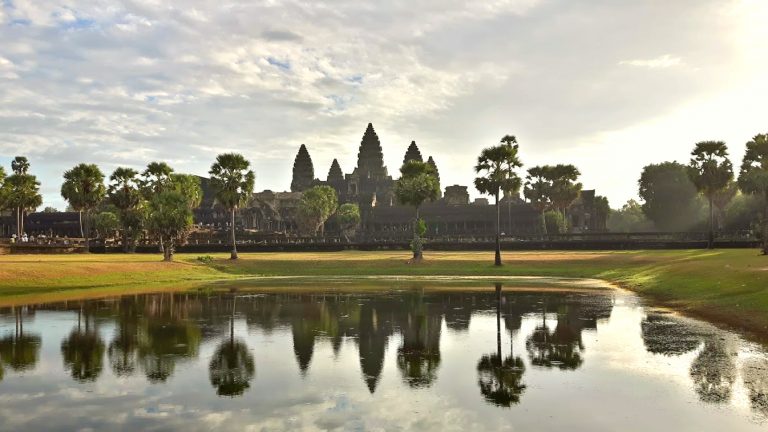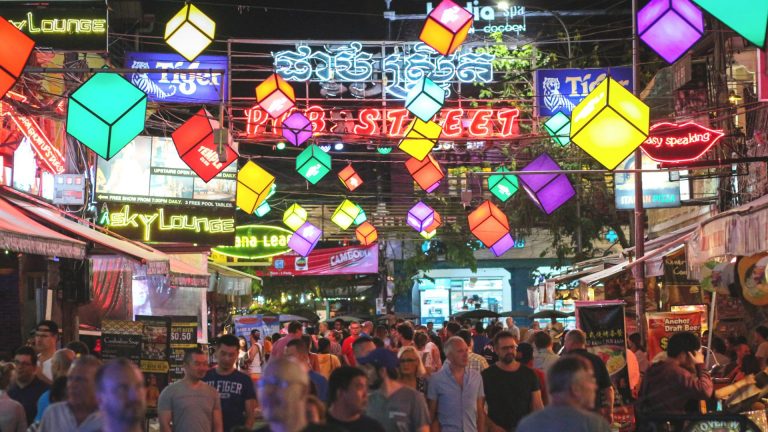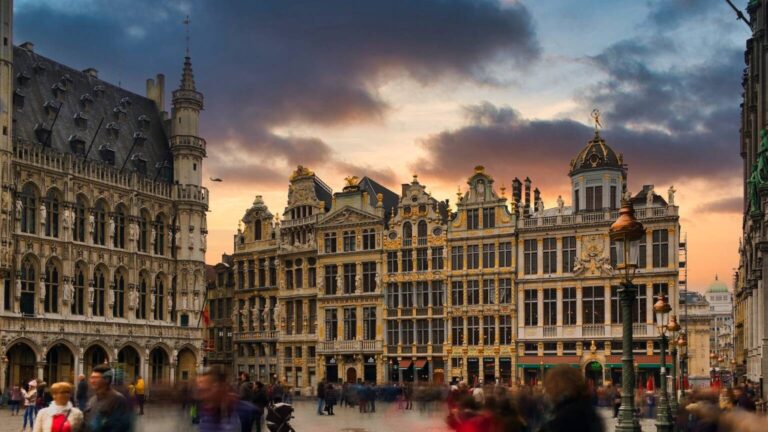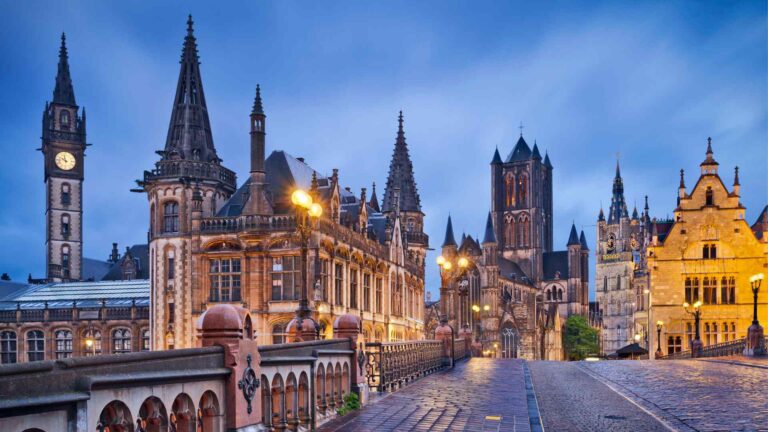Siem Reap - Beer and foot massage after endless temples
Most people don’t come to Siem Reap for Siem Reap, they come here because it is a great base to explore Angkor Wat. It is a busy Cambodian town filled with tourists, restaurants, bars, massage parlors and souvenir markets. There are also hundreds of accommodation options – from cheap backpacker hostels to exclusive resorts. And all of them will gladly organize you a tuk tuk driver to take you to the Angkor Wat.
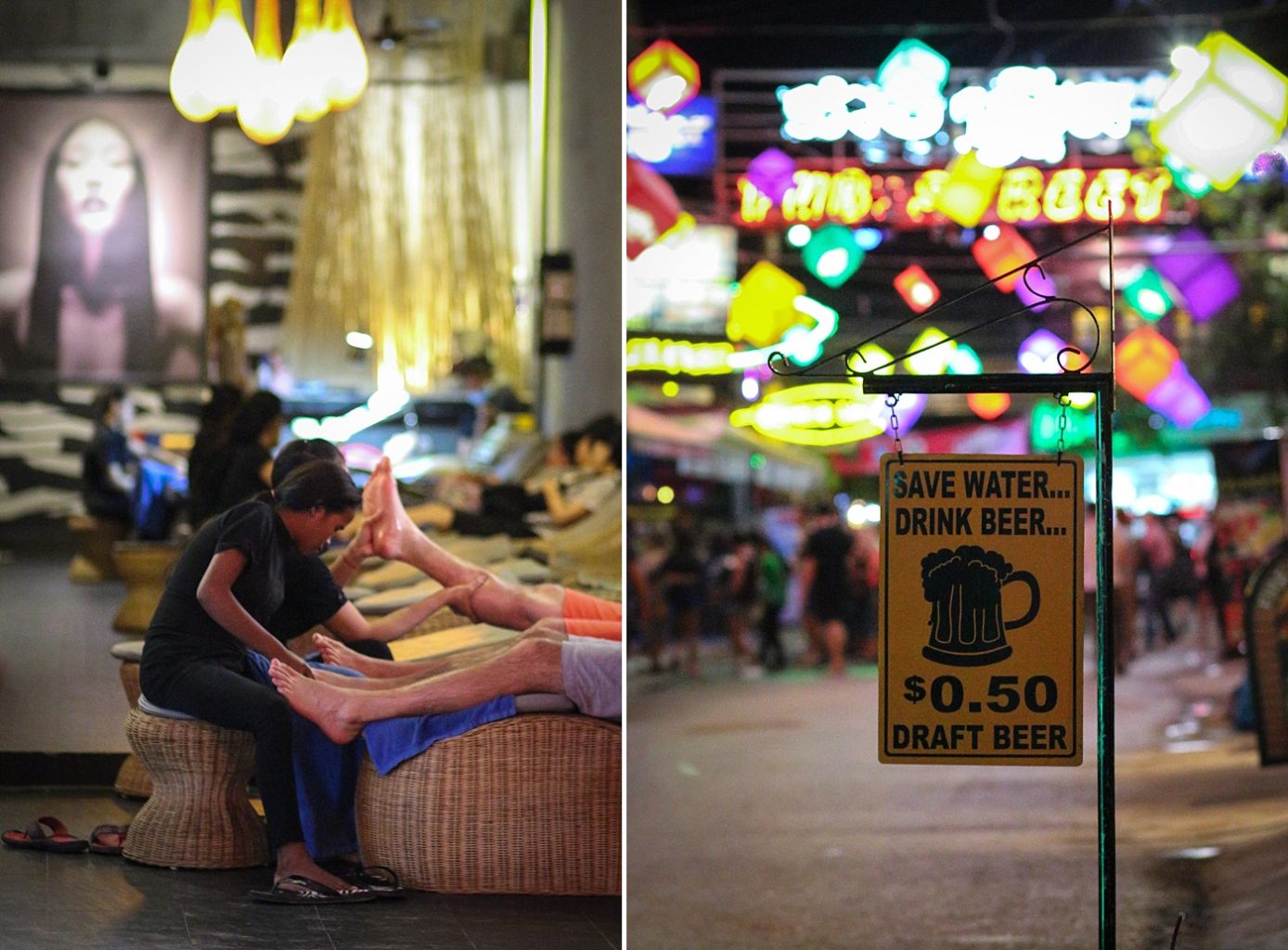
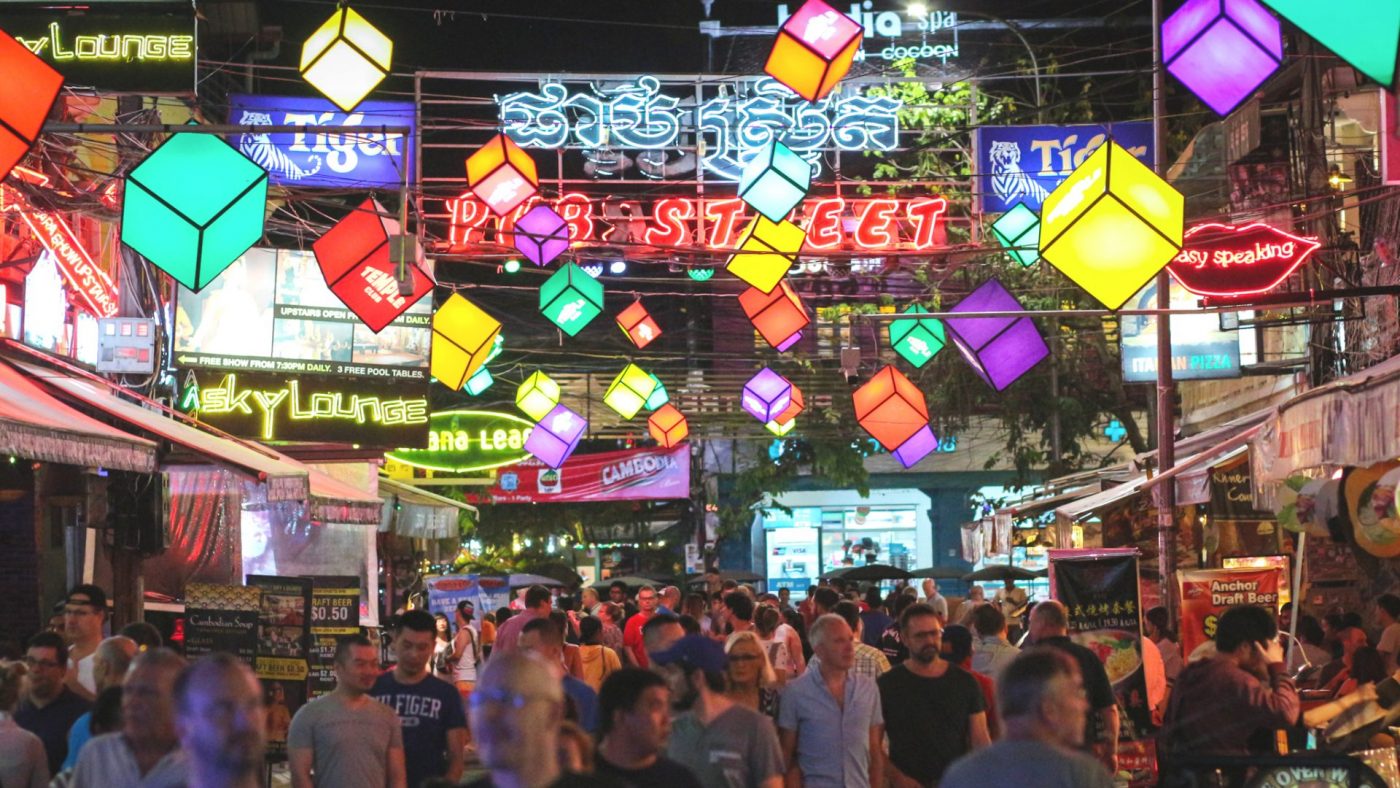
When is the Best Time to Visit Siem Reap?
The best time to visit Siem Reap, Cambodia, largely depends on your preferences for weather and crowds. Generally, the most favorable months are between November and March, during the dry and cooler season. Here’s a breakdown of the seasons to help you decide:
November to February (Dry Season):
- This is the peak tourist season due to the pleasant weather.
- December is extremely busy month.
- Daytime temperatures range from 20°C to 30°C (68°F to 86°F), making it comfortable for outdoor activities.
- Lower humidity levels ensure clear skies, ideal for exploring the temples of Angkor Wat.
- Expect larger crowds, so plan your temple visits early in the morning or late in the afternoon to avoid peak times.
March to May (Hot Season):
- These months are the hot and dry season in Siem Reap.
- Temperatures can soar above 35°C (95°F), making it quite hot and dry.
- While it’s less crowded than the peak months, the heat can be intense, especially for outdoor exploration.
June to October (Rainy Season):
- The rainy season brings lush greenery to the region, but it also means frequent afternoon rain showers.
- Rainfall is at its peak in August and September, so if you don’t mind occasional rain, June and July can be a bit less wet.
- Fewer tourists visit during this time, which means lower hotel prices and fewer crowds at the temples.
- Note that some of the remote temples may be challenging to access due to flooded roads.
If you prefer milder weather and don’t mind larger crowds, the dry season from November to February is your best bet. However, if you prefer fewer tourists and lower prices, consider the shoulder months of November or March, just as the dry season is starting or ending.

What to wear in Siem Reap and Angkor Wat?
When visiting Siem Reap, Cambodia, it’s essential to dress appropriately to respect the local culture and adapt to the climate. Here are some clothing recommendations for your trip to Siem Reap:
1. Lightweight and Breathable Clothing:
- Due to the tropical climate in Siem Reap, wear lightweight and breathable clothing to stay comfortable in the heat and humidity.
- Loose-fitting cotton or linen shirts and pants are ideal for keeping cool.
2. Modest Attire for Temples:
- When visiting temples, including the famous Angkor Wat, it’s crucial to dress modestly out of respect for the religious sites.
- Wear clothing that covers your shoulders, arms, and knees. Sleeveless tops, shorts, and short skirts are generally not suitable.
- A lightweight scarf or shawl can be handy for covering your shoulders when needed.
3. Comfortable Footwear:
- Choose comfortable walking shoes or sandals with good arch support, as you’ll likely be doing a lot of walking and exploring.
- Closed-toe shoes may be more suitable for dusty or uneven terrain at some temple sites.
4. Rain Gear During the Wet Season:
- If you’re visiting Siem Reap during the wet season (June to October), pack a lightweight, waterproof jacket or a poncho to stay dry during sudden rain showers.
5. Mosquito Repellent:
- Due to the tropical climate, it’s advisable to bring mosquito repellent to protect yourself from insect bites, especially in the evenings.
6. Respectful Attire for Local Communities:
- When interacting with local communities or visiting rural areas, it’s essential to dress respectfully. Conservative clothing is appreciated in such settings.
Remember that Cambodia has a warm and humid climate year-round, so lightweight and breathable clothing is your best choice. Additionally, respecting local customs and temple dress codes by covering up appropriately is a sign of cultural sensitivity.
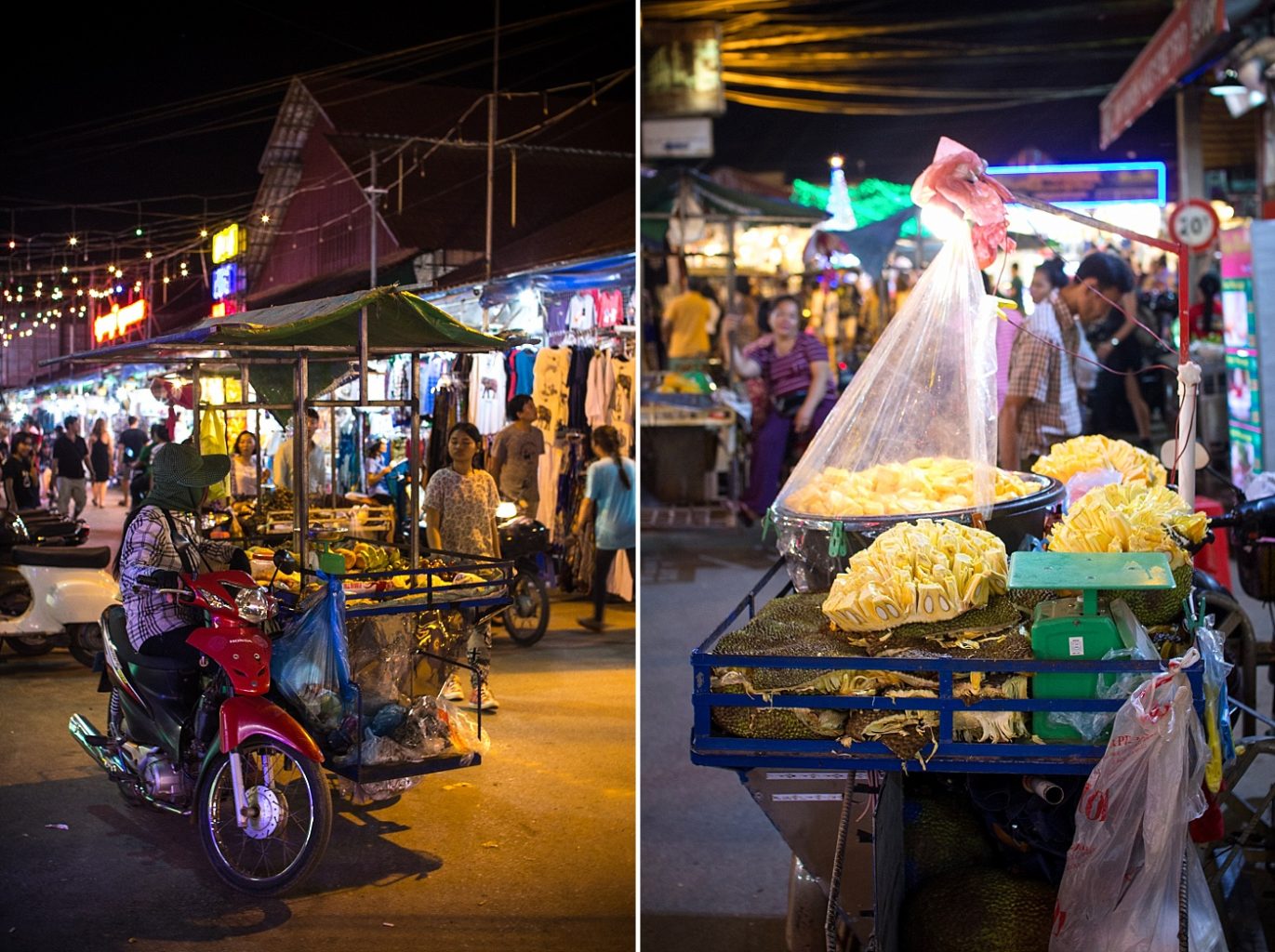
How Many Days Should You Spend in Siem Reap?
The number of days to spend in Siem Reap depends on your interests and how much time you have available. Here are some general guidelines to help you decide:
Angkor Wat and Temple Complex: Most visitors come to Siem Reap primarily to explore the Angkor temple complex, with Angkor Wat being the highlight. To fully appreciate the main temples, you’ll want at least two full days. This allows you to explore the major sites, like Angkor Wat, Bayon, Ta Prohm, and more, at a relaxed pace.
Additional Temples and Activities: If you’re an avid history buff or love temple exploration, consider adding an extra day or two. There are over 1,000 temples in the Angkor complex, and some of the less-visited ones offer unique experiences.
Cultural Experiences: Beyond the temples, Siem Reap offers a range of cultural experiences, such as visiting local villages, taking a boat trip on Tonle Sap Lake, or attending traditional dance performances. Each of these activities may take a few hours to a full day.
Rest and Relaxation: Siem Reap is a great place to unwind. Spending a day or two just relaxing by the pool, indulging in spa treatments, or strolling through the charming(?) town can be a pleasant way to balance your itinerary.
In summary, a typical visit to Siem Reap might range from 3 to 5 days to fully enjoy the temples, explore cultural activities, and have some leisure time. However, the exact duration depends on your interests and the pace at which you like to travel. It’s also a good idea to consider the weather and the time of year, as the heat can affect your stamina for temple exploration.
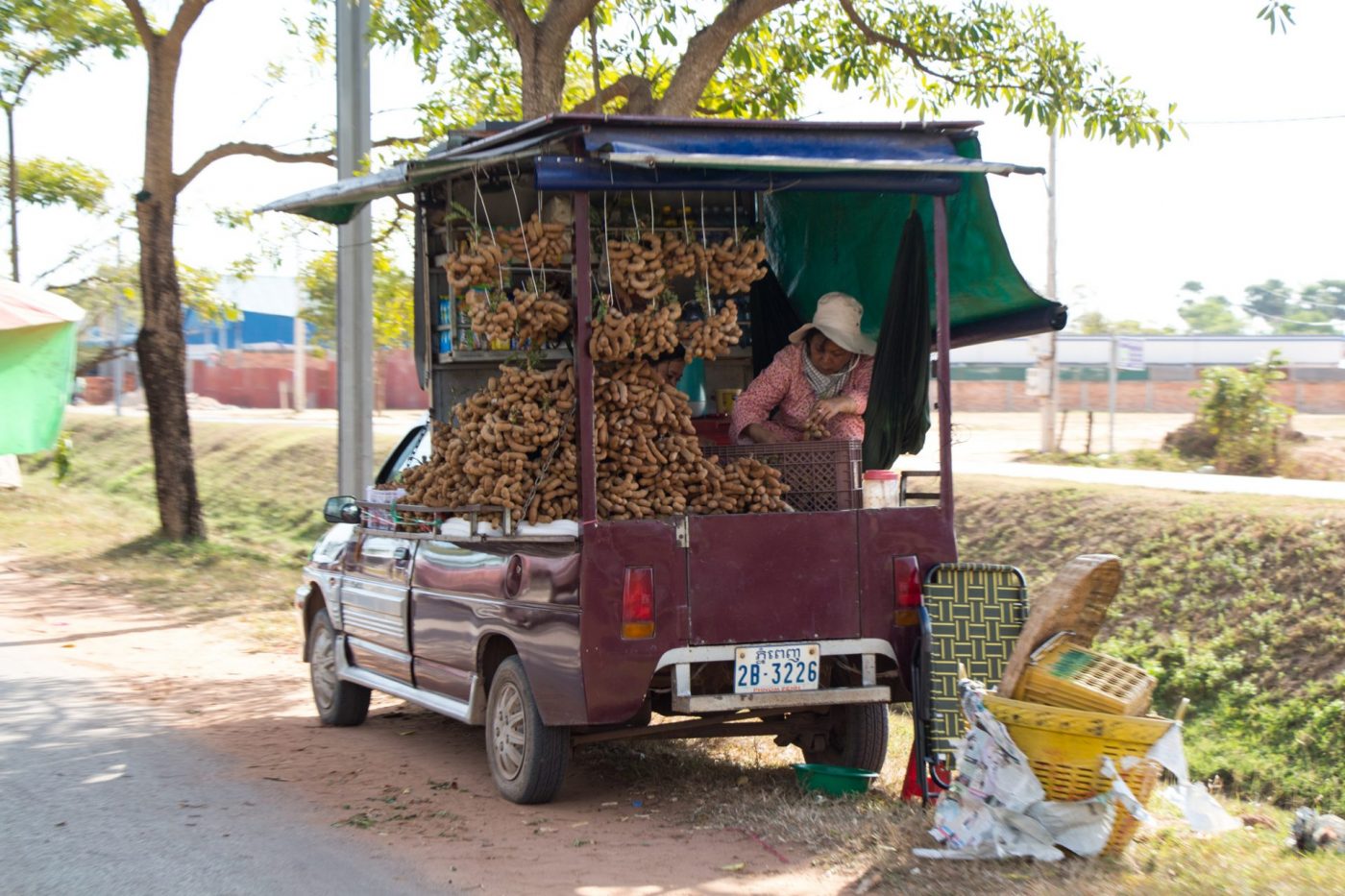
Food to Try in Siem Reap
Siem Reap, Cambodia, offers a delightful array of Khmer cuisine and international dishes. Here are some must-try foods and dishes while you’re in Siem Reap:
Amok: A quintessential Cambodian dish, Amok is a fragrant and creamy coconut curry made with fish, chicken, or vegetables. It’s typically steamed in banana leaves and served with a side of rice.
Lok Lak: Lok Lak is a flavorful stir-fry dish made with marinated beef (or sometimes chicken) served over a bed of fresh lettuce, tomatoes, cucumbers, and onions. It’s usually accompanied by a dipping sauce.
Khmer Red Curry: Similar to Thai red curry, Khmer red curry is a spicy coconut milk-based curry typically made with beef, chicken, or fish, and a variety of vegetables. It’s best enjoyed with rice or bread.
Bai Sach Chrouk: A popular breakfast dish, Bai Sach Chrouk consists of thinly sliced grilled pork served over a bed of rice with a side of pickled vegetables and a flavorful dipping sauce.
Fish Amok: A variation of the traditional Amok, this version uses fish as the main ingredient. The tender fish is cooked in a rich and aromatic curry sauce.
Nom Banh Chok: Often eaten for breakfast, Nom Banh Chok consists of fresh rice noodles topped with a fish-based green curry sauce and an assortment of fresh herbs and vegetables.
Kampot Pepper Crab: If you’re a seafood lover, don’t miss the chance to savor fresh crab stir-fried with Kampot pepper. It’s a fragrant and spicy treat.
Fried Insects: For the adventurous eater, Siem Reap’s street markets offer a variety of fried insects, including crickets, grasshoppers, and tarantulas. They are often seasoned and served as crunchy snacks.
Fruit Shakes: Cambodia boasts an abundance of tropical fruits. Try a refreshing fruit shake made with mango, pineapple, dragon fruit, or banana. They are readily available from street vendors.
Rice Noodle Soups: Sample a bowl of Khmer-style rice noodle soup, such as Kuy Teav, which features thin rice noodles in a flavorful broth with a choice of toppings like beef or pork.
Sticky Rice with Mango: A sweet treat, sticky rice with mango is a popular dessert in Cambodia. The sticky rice is drizzled with sweet coconut cream and served with slices of ripe mango.
Fresh Spring Rolls: These are typically filled with shrimp, fresh herbs, and vegetables, wrapped in rice paper, and served with a tasty dipping sauce.
Grilled Chicken: Try grilled chicken marinated in lemongrass, garlic, and other aromatic spices. It’s often served with a side of pickled vegetables and dipping sauce.
Cambodian BBQ: Enjoy a fun dining experience by grilling your own meats and vegetables at a Cambodian BBQ restaurant. It’s a social and interactive way to enjoy a meal.
Iced Coffee with Sweet Milk: Cool off with a glass of strong Cambodian iced coffee, sweetened with condensed milk.
When dining in Siem Reap, don’t hesitate to explore the local street food markets, where you’ll find a wide range of snacks and dishes to sample. Cambodian cuisine offers a delightful mix of flavors and textures, making it a culinary adventure worth savoring.
